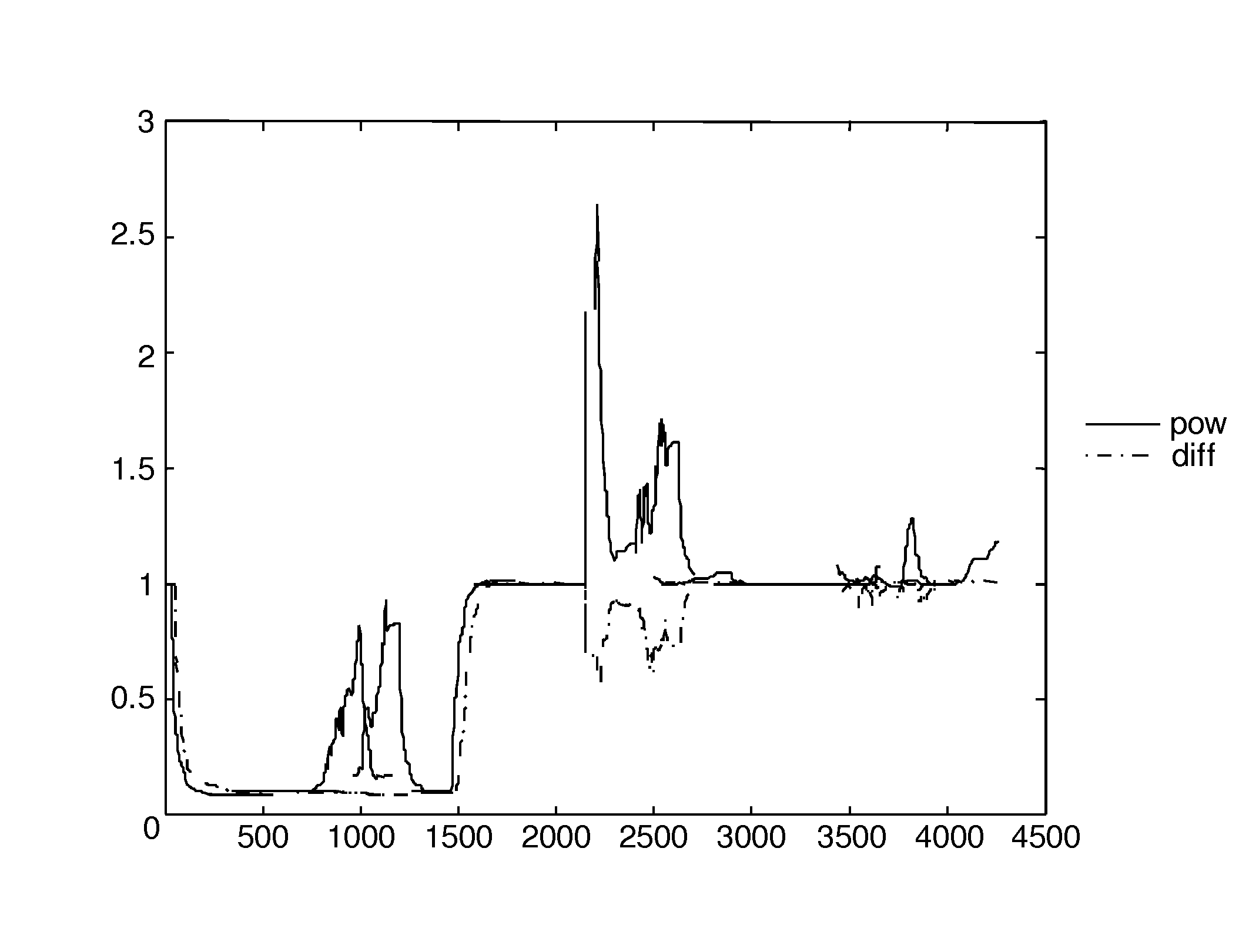Determining an acoustic coupling between a far-end talker signal and a combined signal
a far-end talker and combined signal technology, applied in the direction of line-transmission, electrical equipment, interconnection arrangements, etc., can solve the problems of insufficient estimation of acoustic coupling, increased difficulty in determining the acoustic coupling, so as to improve the determination of an acoustic coupling and the effect of better estimation of the acoustic coupling
- Summary
- Abstract
- Description
- Claims
- Application Information
AI Technical Summary
Benefits of technology
Problems solved by technology
Method used
Image
Examples
Embodiment Construction
[0026]FIG. 1 shows schematically an embodiment of a device 100 for determining an acoustic coupling 103 according to the invention between a loudspeaker 110 and a microphone 120. The loudspeaker 110 is reproducing the far-end talker signal 101. The microphone 120 is picking-up a combined signal 102 comprising an echo of the far-end talker signal 101 and a near-end talker signal. The acoustic coupling phenomenon between the loudspeaker 110 and the microphone 120 is symbolically depicted by the arrow 130. The acoustic coupling 103 is derived from a ratio of changes in an envelope of the combined signal 102 to changes in the envelope of the far-end talker signal 101 in a predetermined time interval. The derived acoustic coupling is outputted by the device 100 in the form of a signal 103.
[0027]FIG. 2 shows a plot that illustrates an effect of deriving the acoustic coupling 103 from the ratio of the changes in the envelope of the combined signal 102 to the changes in the envelope of the ...
PUM
 Login to View More
Login to View More Abstract
Description
Claims
Application Information
 Login to View More
Login to View More - R&D
- Intellectual Property
- Life Sciences
- Materials
- Tech Scout
- Unparalleled Data Quality
- Higher Quality Content
- 60% Fewer Hallucinations
Browse by: Latest US Patents, China's latest patents, Technical Efficacy Thesaurus, Application Domain, Technology Topic, Popular Technical Reports.
© 2025 PatSnap. All rights reserved.Legal|Privacy policy|Modern Slavery Act Transparency Statement|Sitemap|About US| Contact US: help@patsnap.com



